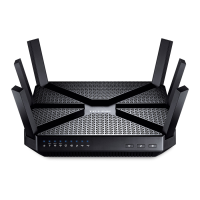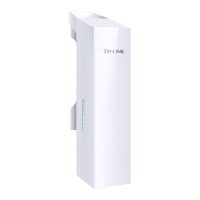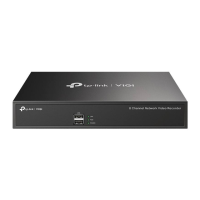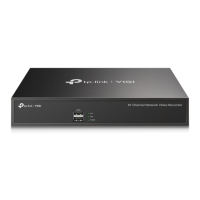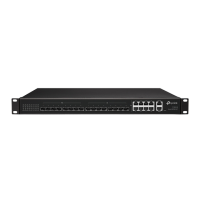113
Chapter 15 VPN Server&Client
7. Click SAVE.
8. Click GENERATE to get a new certificate.
Note: If you have already generated one, please skip this step, or click GENERATE to update the certificate.
9. Click EXPORT to save the OpenVPN configuration file which will be used by the
remote device to access your mesh device.
Step 2. Configure OpenVPN Connection on Your Remote Device
1. Visit http://openvpn.net/index.php/download/community-downloads.html to
download the OpenVPN software, and install it on your device where you want to
run the OpenVPN client utility.
Note: You need to install the OpenVPN client utility on each device that you plan to apply the VPN function to access
your mesh device. Mobile devices should download a third-party app from Google Play or Apple App Store.
2. After the installation, copy the file exported from your mesh device to the OpenVPN
client utility’s “config” folder (for example, C:\Program Files\OpenVPN\config on
Windows). The path depends on where the OpenVPN client utility is installed.
3. Run the OpenVPN client utility and connect it to OpenVPN Server.
15. 2. Use PPTP VPN to Access Your Home Network
PPTP VPN Server is used to create a PPTP VPN connection for remote devices to
access your home network.
To use the VPN feature, you need to set up PPTP VPN Server on your mesh device, and
configure the PPTP connection on remote devices. Please follow the steps below to set
up a PPTP VPN connection.
Step 1. Set up PPTP VPN Server on Your Mesh Device
1. Visit http://tplinkwifi.net or http://192.168.88.1, and log in with your TP-Link ID or the
password you set for the mesh device.
2. Go to Advanced > VPN > PPTP VPN, and tick the box of Enable VPN Server.
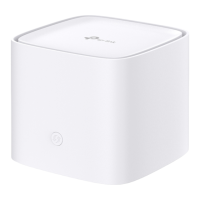
